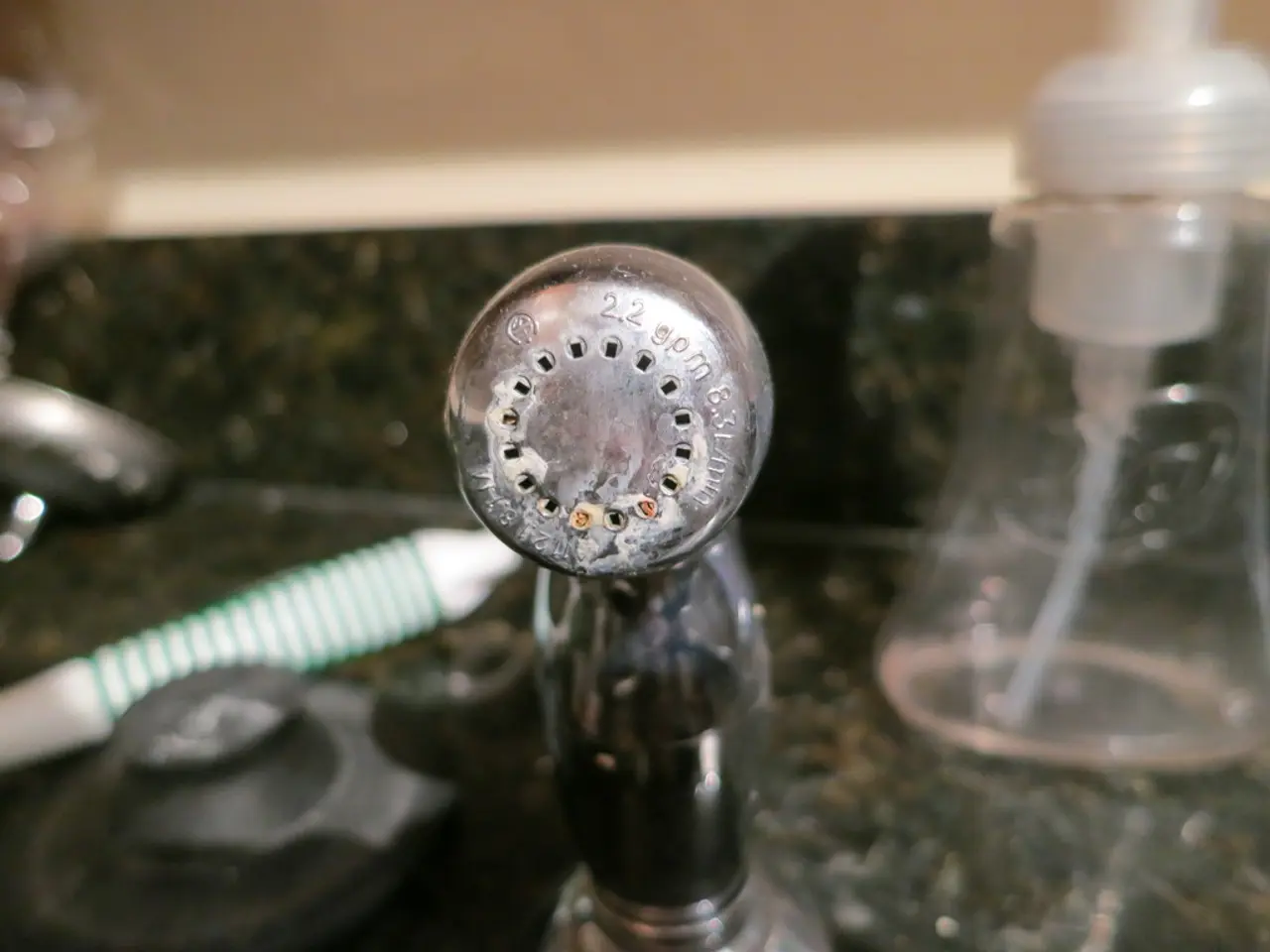Modern Gadgets' Filtration Debate: Weighing the Advantages and Disadvantages of Chemical and Mechanical Filtration Techniques
In the quest for clean, safe, and accessible drinking water, two primary methods have emerged as essential tools: mechanical and chemical filtration. These techniques, while different in their approach, work together to provide a comprehensive solution for water purification.
Mechanical filtration, as the name suggests, relies on physical barriers to remove contaminants. It employs various filters such as sediment filters, pleated filters, and ceramic filters with microscopic pores. This method excels at removing suspended solids and particulates, such as dirt, rust, and cysts. However, it falls short when it comes to dissolved chemical contaminants like heavy metals or volatile organic compounds (VOCs).
On the other hand, chemical filtration operates at a molecular level, reacting with or adsorbing impurities. Activated carbon is a commonly used material in this process, known for its large surface area and ability to trap contaminants. Chemical filtration is highly effective in removing dissolved chemicals such as chlorine, lead, mercury, VOCs, and some pesticides. It also improves water taste and odour by removing chlorine and organic substances.
Despite their differences, neither method is universally superior. The best choice depends on the context, contaminants involved, and the user's specific goals. For instance, in water purification applications ranging from household to portable/backpacking filters, the combined use of mechanical and chemical filtration components is generally considered the most effective and applicable approach.
The comparison between the two methods reveals some key differences. Mechanical filtration is primarily focused on removing suspended solids, while chemical filtration adsorbs or chemically removes dissolved contaminants. Mechanical filtration is typically lower cost, but requires more frequent cleaning or replacement. Chemical filtration, while more expensive, has a finite capacity and requires periodic replacement to maintain effectiveness.
In practical terms, mechanical filtration is crucial as a first step before chemical filtration to prevent clogging and extend filter life. Chemical filtration, on the other hand, excels at improving water by removing dissolved chemicals and improving taste/odour, but cannot substitute physical removal. Combination systems that integrate both mechanical and chemical filters provide more comprehensive purification by tackling both particulate and chemical contaminants efficiently.
As the world becomes more environmentally conscious, water purification has become a necessity. The effectiveness of chemical filtration in treating invisible threats makes it indispensable in urban and emergency scenarios. Meanwhile, mechanical filtration, with its ease of use and minimal maintenance, serves as the first line of defence, ensuring that water is physically clean before it undergoes further chemical or biological treatment.
The future of filtration includes the integration of filtration into smart home systems, making them more efficient, intelligent, and user-friendly. Sustainability is another major focus, with the development of long-lasting, recyclable, or biodegradable filter options and modular components for mechanical filters. Advances in technology continue to improve these methods, ensuring that clean, safe water remains accessible to all.
- In the home-and-garden domain, combination systems that integrate both mechanical and chemical filters are often considered the most effective, as they efficiently address both particulate and chemical contaminants.
- As technology advances, the integration of filtration into smart home systems is expected, making water purification more efficient, intelligent, and user-friendly.
- In the realm of tech gadgets, advancements continue to improve water filtration methods, ensuring that clean, safe water remains accessible to all, particularly in urban and emergency scenarios.




